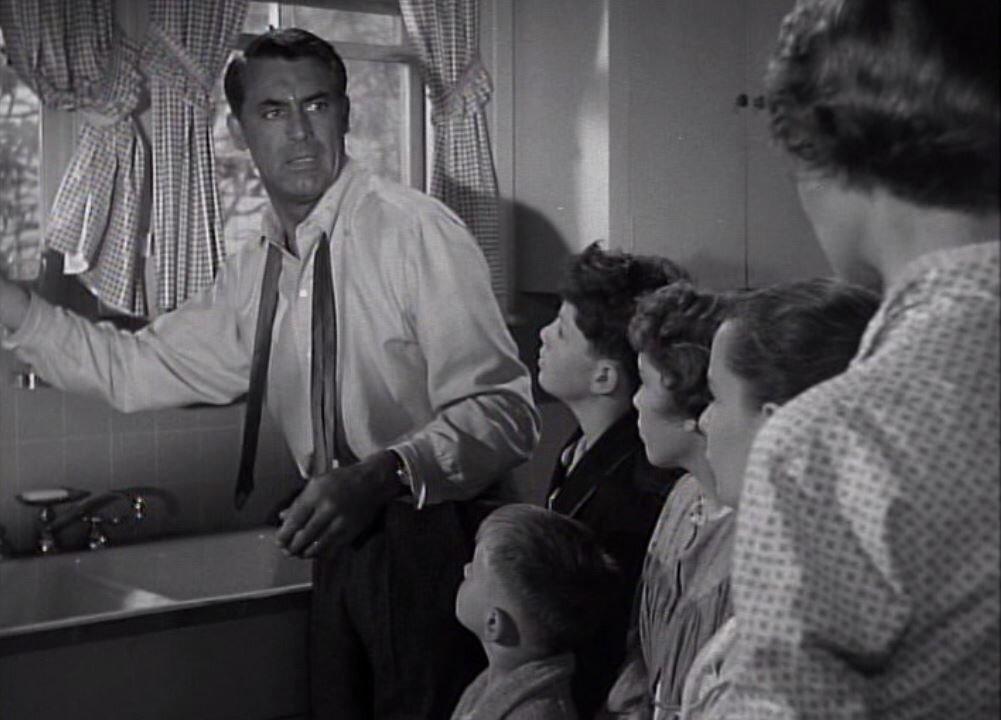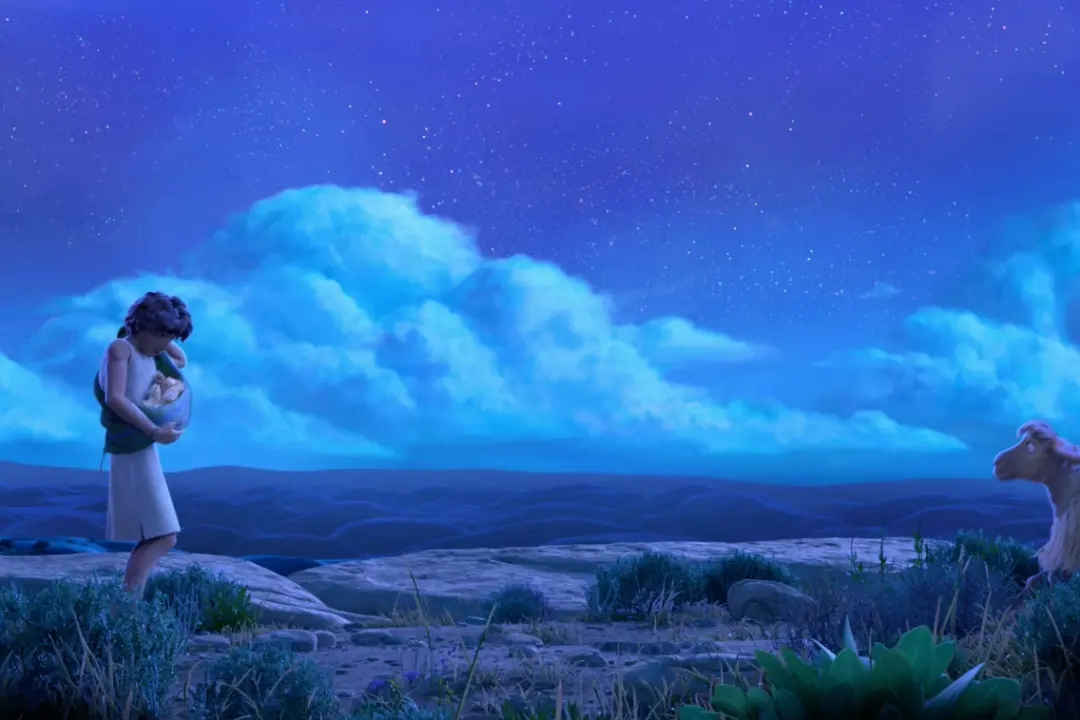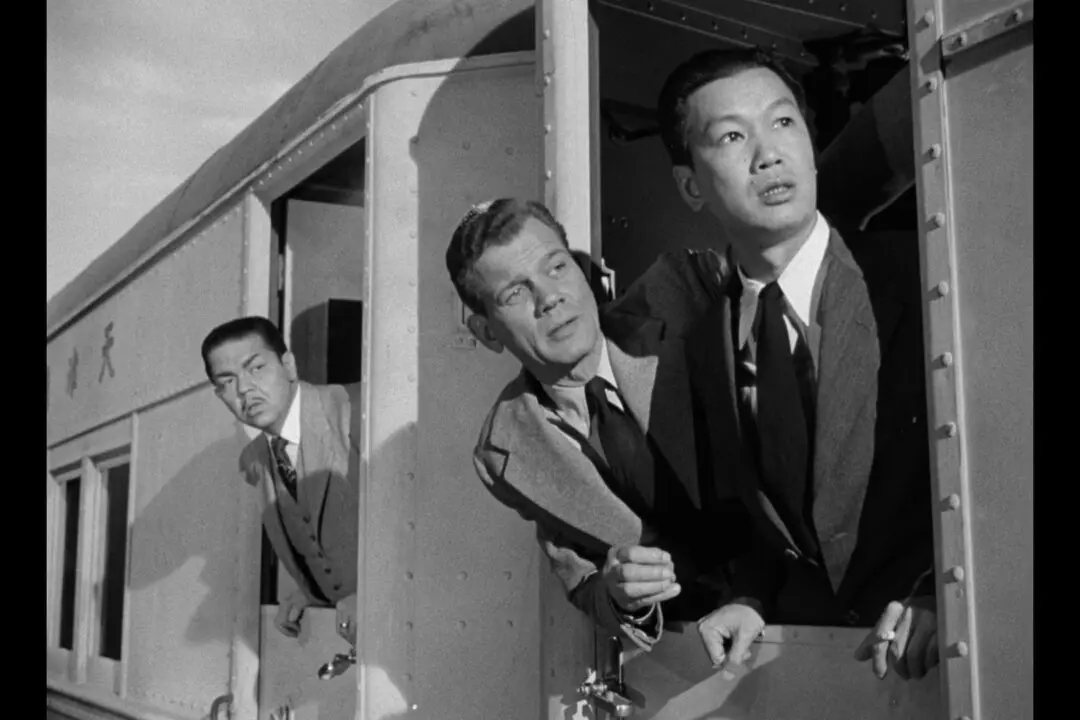NR | 1h 38m | Drama, Comedy | 1952
The biopic “Room for One More” humorously critiques and celebrates the highs and lows of foster parenthood through the eyes of real-life parents and foster parents Anna Perrott Rose and her husband, based on Rose’s eponymous book.





